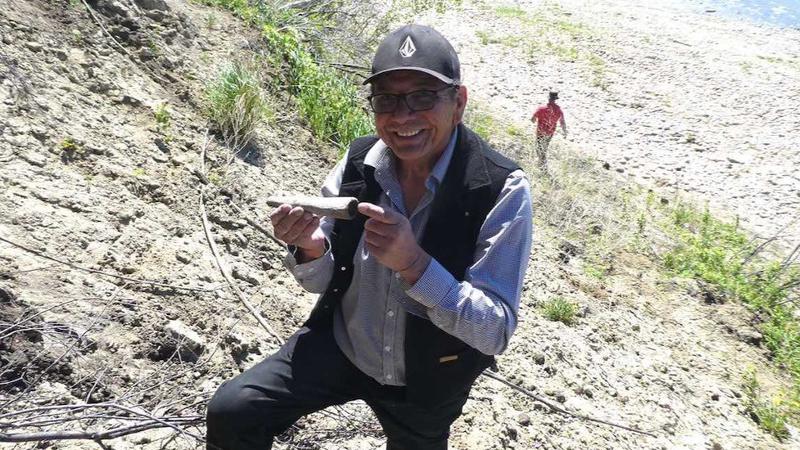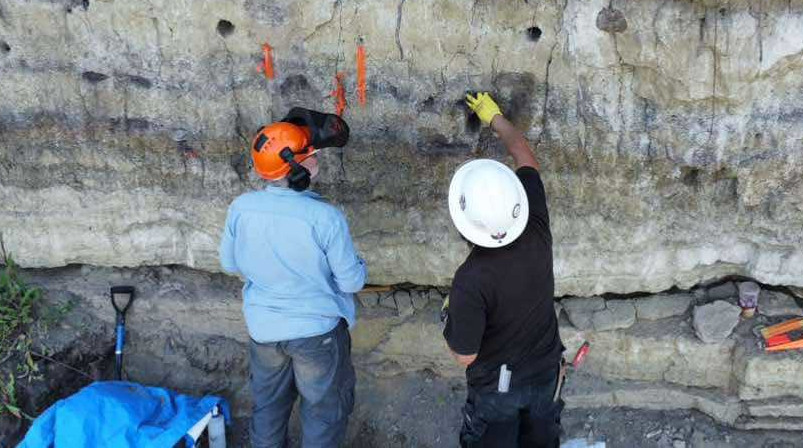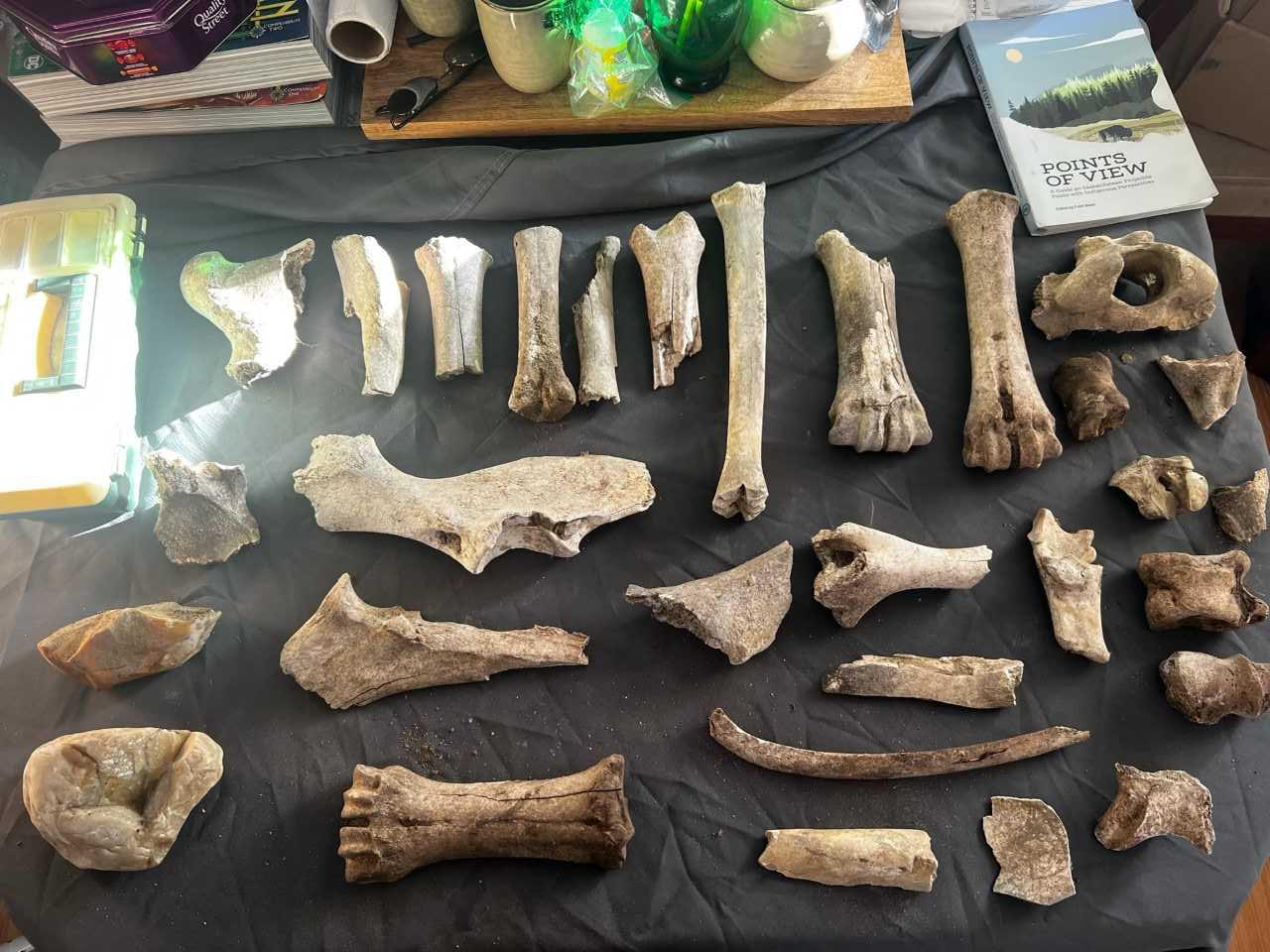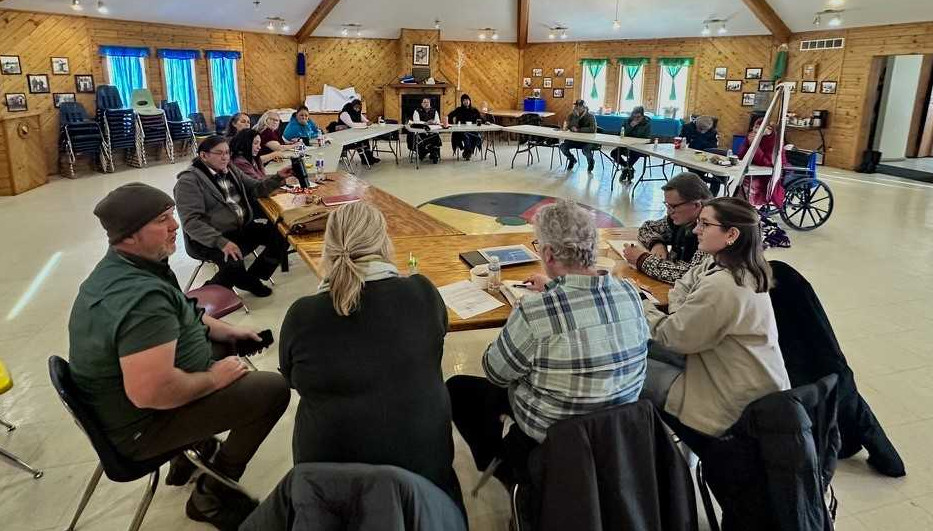
Sturgeon Lake First Nation calls on governments to study and protect 11,000 year old settlement
Following a major archaeological discovery west of Prince Albert involving the uncovering of a settlement that dates back 11,000 years, Sturgeon Lake First Nation and its council are calling on local, provincial, and national stakeholders to support efforts to protect and study the historic site.
The revelation—one of the oldest known Indigenous sites on the continent—confirms that highly organized societies existed in the region far earlier than previously believed.
This places it among some of the world’s most well-recognized ancient sites, such as the Great Pyramids of Egypt, Stonehenge in England, and Göbekli Tepe in Turkey — each known for their immense historical significance and their role in shaping human civilization.
The site was first identified by researcher and avocational archaeologist Dave Rondeau, who while surveying the area, noticed significant erosion along the riverbank exposing artifacts.





